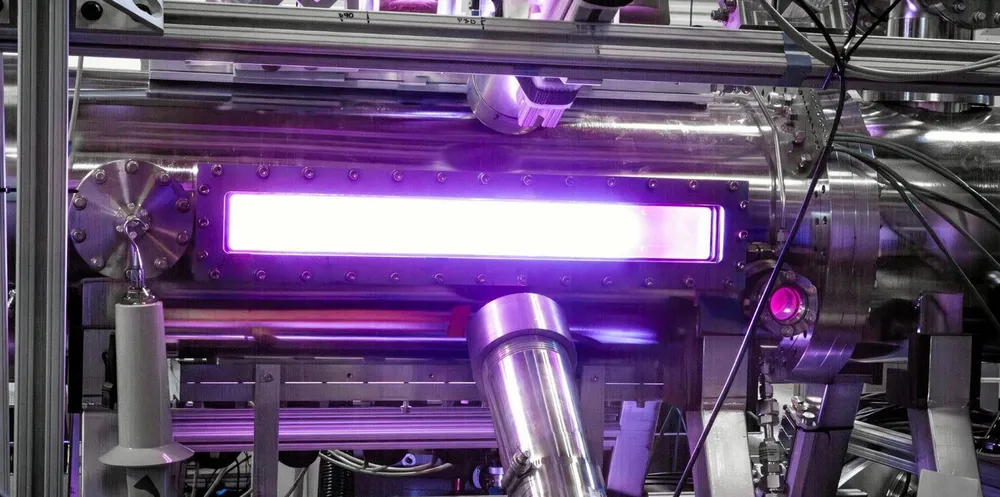‘Cheap and simple’ Bill Gates-backed fusion concept surpasses heat of the Sun in milestone moment
Z pinch fusion device ‘less expensive and quicker to build’ than mainstream technologies, claims start-up

Z pinch fusion device ‘less expensive and quicker to build’ than mainstream technologies, claims start-up
